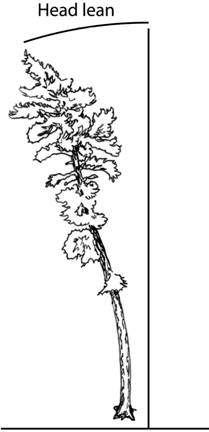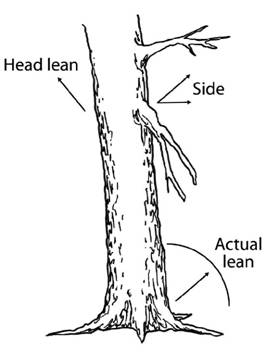Paul001
Addicted to ArboristSite
Plastic wedges, pick up a few and keep them with you. While you are there, grab a throw line set (bean bag) with the cheapy line it comes with.
You'll get frustrated with the throw line, but practice. Keep a small tarp around so you have a place to pile that line on and not snag any twigs. With a little practice you'll be able to hit 30-50' with little effort. Normally that more than enough to one man a tree over. Least with the stuff you should be cutting.
As your experience grows, you'll want to add 1/2" x 150' line set into your bag of tricks and on those questionable trees, have it pre-set. Combine that line set with your wedges and you'll have the ability to correct errors in judgment in the future.
You'll get frustrated with the throw line, but practice. Keep a small tarp around so you have a place to pile that line on and not snag any twigs. With a little practice you'll be able to hit 30-50' with little effort. Normally that more than enough to one man a tree over. Least with the stuff you should be cutting.
As your experience grows, you'll want to add 1/2" x 150' line set into your bag of tricks and on those questionable trees, have it pre-set. Combine that line set with your wedges and you'll have the ability to correct errors in judgment in the future.






